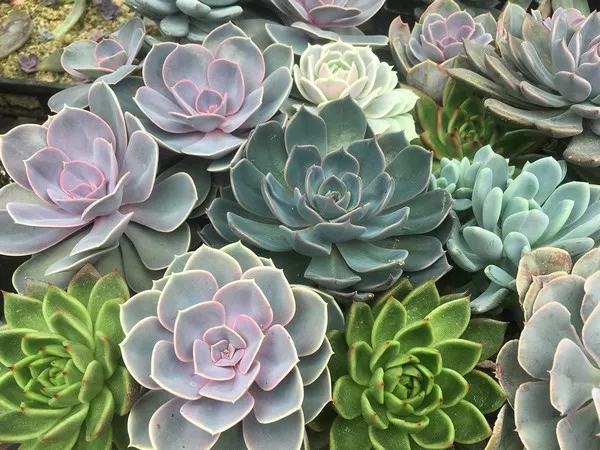Propagating succulents is a popular and rewarding activity for plant enthusiasts, and there are various methods to do so successfully. One innovative and accessible approach is propagating succulents in a water bottle. This technique allows you to observe the roots’ development, making it an engaging and educational process. In this comprehensive guide, we will walk you through the step-by-step process of propagating succulents in a water bottle, along with essential tips.
1. The Water Propagation Method for Succulents
Understanding Water Propagation: Water propagation involves placing cuttings or leaves of succulents in water, allowing them to develop roots before transferring them to soil. This method is particularly useful for certain succulent varieties that root easily.
Ideal Succulents for Water Propagation: Not all succulents are suitable for water propagation. Generally, succulents with fleshy leaves, such as Echeveria, Sedum, and Crassula, are more likely to succeed in water propagation.
2. Preparing the Water Bottle
Selecting the Right Bottle: Choose a clean and clear plastic or glass bottle to allow for easy observation of root growth. The bottle should have a narrow neck to support the succulent cuttings.
Cleaning the Bottle: Thoroughly clean the bottle with warm, soapy water, and rinse it well to ensure no residues or contaminants remain.
3. Taking Succulent Cuttings
Selecting Healthy Cuttings: Look for healthy, well-developed succulent stems or leaves for propagation. Avoid using diseased or damaged plant parts.
Cutting Technique: Use sharp, clean scissors or pruning shears to take cuttings. For stem cuttings, ensure they are around 2 to 3 inches long with several leaves. For leaf cuttings, gently twist the leaf from the stem to ensure the entire leaf is intact.
Callus Formation: After taking the cuttings, set them aside in a dry and shaded area for a day or two to allow calluses to form. Callusing helps prevent rotting during water propagation.
4. Propagation in the Water Bottle
Water Level: Fill the water bottle with enough water to submerge the cuttings without touching the leaves. The water level should be just below where the leaves start.
Placement of Cuttings: Insert the stem cuttings into the water, making sure the submerged leaves are above the waterline. For leaf cuttings, partially submerge the base of the leaf in water, leaving the tip above the water surface.
Light and Temperature: Place the water bottle in a bright, indirect light location. Avoid direct sunlight, as it may cause heat buildup and damage the cuttings. Maintain a temperature range of 65°F to 75°F (18°C to 24°C) for optimal growth.
5. Root Development and Transplanting
Patience is Key: Be patient as the cuttings develop roots. Depending on the succulent variety and environmental conditions, roots can take anywhere from a few days to several weeks to grow.
Transplanting to Soil: Once the cuttings have well-established roots (approximately 1 to 2 inches long), carefully transplant them into well-draining cactus or succulent soil mix.
Acclimatization: After transplanting, keep the newly rooted succulents in a shaded area for a few days to allow them to acclimate to the soil environment.
6. Caring for Newly Transplanted Succulents
Watering: Water the newly transplanted succulents sparingly. Allow the soil to dry out completely between waterings to prevent overwatering.
Light and Temperature: Gradually introduce the transplanted succulents to bright, indirect light. Maintain a temperature range of 65°F to 80°F (18°C to 27°C) for optimal growth.
Pot Selection: Choose small pots with drainage holes for the newly rooted succulents. Avoid using large pots, as they can retain excess moisture and lead to root rot.
Conclusion
Propagating succulents in a water bottle is an accessible and fascinating way to expand your succulent collection while witnessing the root development of these resilient plants. With the right techniques, patience, and care, you can successfully propagate a wide range of succulent varieties using this water propagation method. Remember to select healthy cuttings, create an ideal environment in the water bottle, and transplant the rooted succulents into well-draining soil for continued growth. As you embark on your propagation journey, don’t hesitate to explore other propagation methods such as leaf cuttings and offsets to further enrich your succulent gardening experience. Happy propagating!


